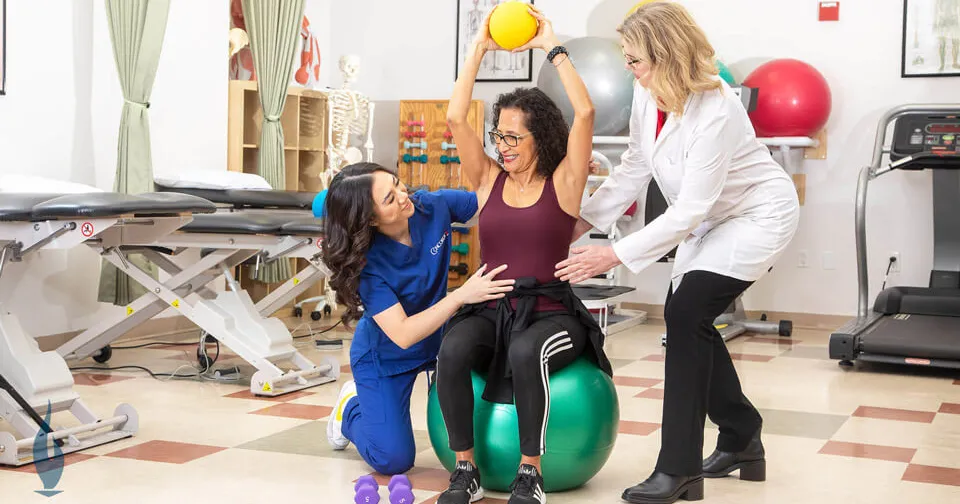Effective Approaches to Minimize the Risk of Acute Traumas in Sports Via Targeted Preventative Tactics
Effective Approaches to Minimize the Risk of Acute Traumas in Sports Via Targeted Preventative Tactics
Blog Article

Sudden injuries in sports can occur unexpectedly and frequently lead to serious issues for athletes. These traumas can vary from twists and tears to breaks and concussions. To help prevent these injuries, it is crucial to adopt focused preventive strategies. These strategies focus on education, proper training, equipment use, and overall well-being maintenance. By addressing these key areas, players can significantly reduce their chances of suffering from acute injuries while participating in their beloved sports.
One effective method to minimizing the likelihood of traumas is through education. Athletes, coaches, and parents should be educated about the common types of injuries associated with specific sports. Comprehending the dynamics of these traumas allows everyone to recognize the signs and signals early. Informative workshops or seminars can help teach athletes about proper techniques and the importance of preparing up before matches or training sessions. This knowledge enables players to take charge for their safety and motivates them to express any worries about potential injuries.
Another crucial protective strategy is proper training. Athletes should engage in a comprehensive conditioning program that focuses on developing strength, flexibility, and endurance. Strength conditioning assists build the muscle groups that stabilize joints, lowering the likelihood of injuries. Flexibility routines, such as elongating, can improve the range of motion and reduce the risk of muscle tears. Additionally, players should integrate sport-specific drills that mimic game situations, which can assist them become more acquainted with the actions involved in their selected sport. Coaches play a vital role in developing and executing these training programs to ensure they are secure and efficient.
The use of appropriate equipment is also essential in preventing acute injuries in sports. Athletes should always wear the appropriate equipment for their specific activity, including helmets, pads, and suitable footwear. For example, gridiron players need helmets to shield against head injuries, while soccer players require shin guards to protect their legs from impact. It is essential that gear fits correctly and is cared for regularly to ensure it provides the necessary protection. Trainers and guardians should encourage players to take the effort to select and use the appropriate equipment to reduce their risk of trauma.
In addition to education, preparation, and gear, maintaining overall well-being is crucial for injury prevention. Athletes should prioritize adequate nutrition, hydration, and rest to keep their bodies in top shape. A balanced diet rich in vitamins and minerals helps facilitate muscle recovery and overall physical performance. Maintaining hydrated is also crucial, as dehydration can result to fatigue and increase the likelihood of injuries. Lastly, achieving enough sleep is crucial for recovery and upholding focus during practices and games. By promoting good health habits, players can enhance their effectiveness and reduce their risk of suffering from acute injuries.
In conclusion, reducing the risk of acute injuries in sports requires a multifaceted approach that includes education, proper preparation, suitable equipment, web and overall health maintenance. By focusing on these specific preventive strategies, athletes can better protect themselves from the dangers of injuries. Coaches, parents, and players all have important roles to play in creating a secure athletics environment. By working together and emphasizing safety, the enjoyment of sports can continue without the interruption of painful injuries.